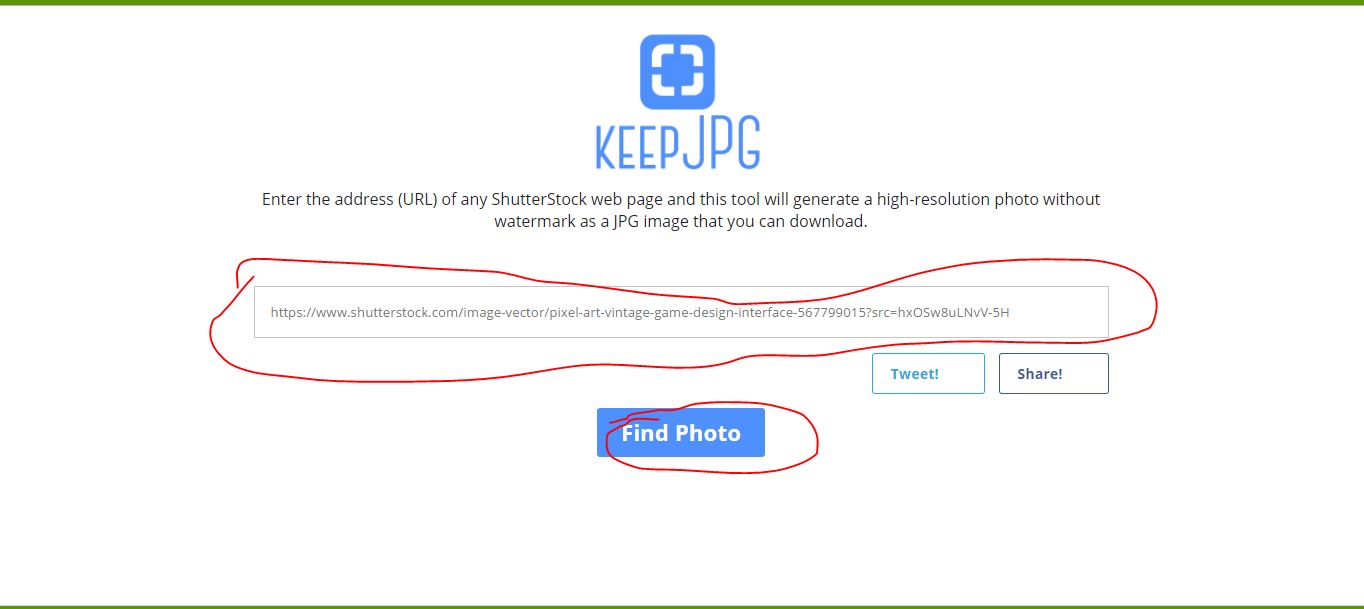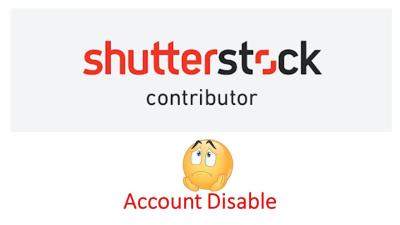Looking to enhance your project with stunning visuals? Shutterstock is a go-to platform for high-quality images, but downloading them without watermarks can be a bit tricky if you’re new to the process. Don’t worry! In this guide, we’ll walk you through how to access those beautiful high-resolution images legally and without watermarks, so your creative work looks professional and polished. Whether you’re a designer, blogger, or small business owner, understanding the ins and outs of Shutterstock‘s download process will save you time and ensure you’re always on the right side of licensing rules.
Understanding Shutterstock’s Licensing and Watermark Policy
Before you start downloading, it’s crucial to grasp Shutterstock‘s licensing options and their watermarked images policy. Shutterstock operates on a licensing model that grants you permission to use images legally, depending on your needs. They offer two main types of licenses:
- Standard License: Suitable for most projects like websites, social media, and presentations. It allows for a certain number of copies or views, but has some restrictions on print run size and usage.
- Enhanced License: Best for high-volume printing, merchandise, or products for resale. It provides broader rights and higher usage limits.
When browsing Shutterstock, you’ll notice that all images are initially displayed with watermarks—these are overlay graphics that protect the images from unauthorized use. Watermarks are visible on low-resolution previews and are meant to prevent theft before purchase. To get a high-resolution, watermark-free version, you need to purchase the appropriate license and download the image through the official channels.
It’s important to understand that downloading or using watermarked images outside the platform without proper licensing is illegal. Always purchase the correct license for your intended use to avoid legal issues and ensure that artists and photographers receive proper credit and compensation. Once you’ve bought the image, Shutterstock provides a straightforward way to download the high-quality, watermark-free version, ensuring your project looks professional and adheres to copyright laws.
Methods to Obtain High-Resolution Shutterstock Images Without Watermarks
If you’ve ever browsed Shutterstock, you know that their watermarked images are a great way to preview a photo before making a purchase. But what if you want to access high-resolution versions without watermarks for your project? Well, there are a few methods people have tried — some are straightforward, while others might be a bit risky or unreliable. Let’s go through the most common approaches:
1. Using Free Download Samples
Some websites or forums share free samples of Shutterstock images, but be cautious: these are often low-quality, watermarked versions, or they might not be legitimate. Relying on unofficial downloads can lead to legal issues or poor-quality images.
2. Browser Extensions and Download Tools
There are browser extensions or tools that claim to let you download high-res images from Shutterstock without watermarks. These usually work by intercepting the image data or bypassing the watermark layer. However, using such tools is often against Shutterstock’s terms of service and can be illegal or lead to account suspension.
3. Screenshot and Image Editing
Some try to take high-quality screenshots of watermarked images and then remove the watermark using editing software. This is not only unethical but also results in a low-quality image. Plus, removing watermarks without permission is copyright infringement.
4. Reverse Engineering or Cracking
Unfortunately, some attempt to reverse engineer the download process or use cracked software to access high-res images. These methods are illegal, risky (they can contain malware), and definitely not recommended.
Important Reminder:
While these methods might seem tempting, they often violate Shutterstock’s terms of service and copyright law. The best way to get high-resolution images without watermarks is to go through official channels. Not only does this ensure you’re respecting the rights of photographers and Shutterstock, but it also guarantees you get high-quality, legal images for your projects.
Official Ways to Purchase and Download Images from Shutterstock
If you want high-resolution, watermark-free images from Shutterstock legally and safely, the best approach is to purchase them directly from their platform. Here’s how you can do it step-by-step:
1. Create an Account
First, sign up for a free account on Shutterstock. This is simple and quick, and it allows you to manage your downloads, licenses, and billing information easily.
2. Browse and Search
Use Shutterstock’s powerful search bar to find the images you need. You can filter results based on orientation, color, image type, and more to narrow down your options.
3. Choose a Licensing Plan
Shutterstock offers various licensing options:
- On-Demand Packs: Buy a set number of images for a fixed price.
- Subscription Plans: Download a certain number of images per month at a discounted rate.
- Per-Image Purchase: For occasional users, you can buy images individually.
Select the plan that best fits your needs. For frequent use, subscriptions often provide the best value.
4. Select Your Images
Click on the images you want to download. You can add multiple images to your cart or download multiple at once, depending on your plan.
5. Download the High-Resolution Files
Once you’ve purchased or selected your images, proceed to download. Shutterstock provides high-resolution files in various formats such as JPG, TIFF, or EPS for vector images. These downloads come without watermarks and are licensed for your use.
6. Manage Your Licenses
After downloading, keep track of your licenses and download history within your account dashboard. This helps ensure you stay compliant with Shutterstock’s licensing terms.
Final Tips:
- Always use official sources: This protects you legally and ensures image quality.
- Understand licensing: Read the licensing agreement to know how you can use the images (commercial, personal, editorial, etc.).
- Save your files: Keep copies of your purchased images and licenses for future reference.
By sticking to the official purchasing process, you not only get the highest quality images but also support the talented photographers and creators behind these visuals. It’s a win-win for everyone involved!
Tips for Using Shutterstock Images Legally and Ethically
When it comes to using Shutterstock images, playing by the rules isn’t just about avoiding legal trouble — it’s about respecting the creators who put their time and talent into producing these visuals. Here are some practical tips to ensure you’re using images ethically and within the bounds of Shutterstock’s licensing agreements:
Understand the Licensing Types
Shutterstock offers different licenses, mainly Standard and Extended. The Standard license is suitable for most online content, social media, and marketing materials, but it comes with some restrictions — like no use in merchandise or large-scale print runs. The Extended license gives you broader rights, perfect for product packaging or high-volume print projects. Always check which license applies to your intended use and ensure your project aligns with those terms.
Always Purchase the Correct License
While it’s tempting to look for free workarounds, using images without proper licensing can lead to legal issues and hefty fines. When you download images, make sure you’ve purchased the appropriate license that covers your intended use. Never attempt to bypass licensing by cropping, editing, or re-uploading watermarked images — it’s both unethical and illegal.
Give Proper Attribution When Required
Most Shutterstock images don’t require attribution, but if you’re using images under specific licensing terms that do, always give credit to the photographer or artist. This not only respects their work but also keeps your project transparent and compliant with licensing agreements.
Respect Model and Property Releases
If your Shutterstock image features recognizable people, private property, or trademarks, ensure that the necessary releases are in place. Using images without proper releases can lead to legal complications, especially if the image is used commercially or in sensitive contexts.
Avoid Misrepresentation
Use images in a way that accurately represents the content and context. Don’t alter images in a manner that could mislead viewers or distort the original message. Ethical use means being truthful and respectful to the subject matter and audience.
Keep Records of Your Purchases and Licenses
Maintain a record of your downloads, licenses purchased, and correspondence with Shutterstock. This documentation can be invaluable in case of disputes or questions about your rights to use a particular image.
Conclusion and Best Practices for Using Shutterstock Images
Using high-resolution Shutterstock images without watermarks is a fantastic way to elevate your projects, but it comes with responsibilities. Respecting licensing agreements and ethical guidelines ensures you stay compliant and support the hardworking photographers and artists behind the images.
Here are some best practices to keep in mind:
- Always purchase the correct license for your project’s scope.
- Use images ethically by not altering them to mislead or misrepresent.
- Keep detailed records of your licenses and downloads for future reference.
- Respect model, property, and trademark rights by verifying releases.
- Stay updated on Shutterstock’s licensing policies as they may change over time.
By following these guidelines, you can confidently incorporate stunning, high-resolution Shutterstock images into your work — making your content more engaging, professional, and legally sound. Remember, investing in licensed images isn’t just about avoiding trouble; it’s about honoring creativity and building trust with your audience. Happy designing!



